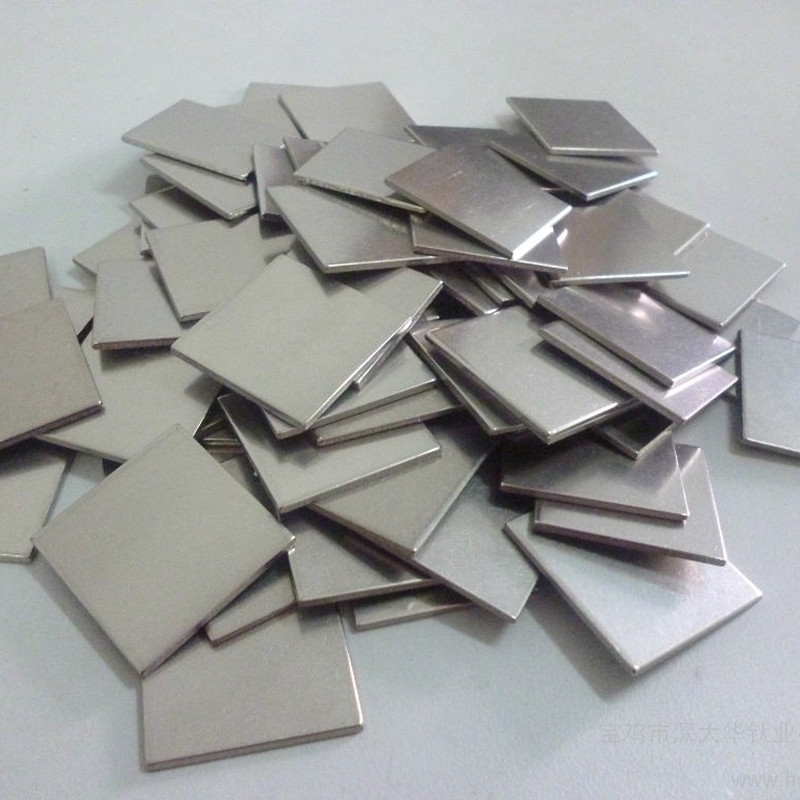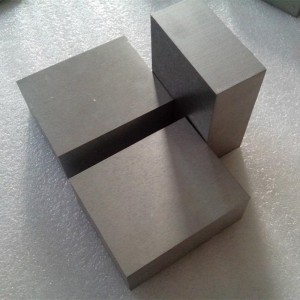
Silver Tungsten Alloy
Silver tungsten alloy is an extraordinary combination of two remarkable metals, silver and tungsten, that offers a unique set of properties and applications.
The alloy combines the excellent electrical conductivity of silver with the high melting point, hardness, and wear resistance of tungsten. This makes it highly suitable for various demanding applications in the electrical and mechanical fields.
In the electrical industry, silver tungsten alloy is used in electrical contacts and switches. Its ability to withstand high temperatures and arcing makes it reliable in these critical components. For example, in high-power electrical systems, where the current flow is significant and the risk of overheating is high, the use of silver tungsten alloy ensures efficient and safe operation.
In the mechanical realm, it finds application in tools and dies due to its hardness and durability. Components made from this alloy can withstand intense mechanical stress and abrasive wear, prolonging their lifespan and improving performance.
The production of silver tungsten alloy often involves complex processes to achieve the desired composition and microstructure. This ensures the optimal balance of properties for specific applications.
The research and development in the field of silver tungsten alloys continue to evolve, opening up new possibilities and improvements. Scientists and engineers are constantly exploring ways to enhance its properties and expand its application range.
In conclusion, silver tungsten alloy stands as a testament to human ingenuity in materials science, offering solutions to some of the most challenging engineering and technological problems. Its unique combination of properties makes it an indispensable material in various industries, shaping the modern world with its presence and capabilities.
The fabrication of silver tungsten alloy:
Powder Metallurgy:
This is a common approach. Fine powders of silver and tungsten are mixed in the desired proportions. The mixture is then compacted under high pressure to form a green compact. This compact is subsequently sintered at a high temperature to fuse the particles together and form a solid alloy. For instance, in some cases, the powders might be milled together first to ensure a homogeneous mixture.
Chemical Vapor Deposition (CVD):
In this method, gaseous precursors containing silver and tungsten are introduced into a reaction chamber. Under specific conditions of temperature and pressure, the precursors react and deposit on a substrate to form the alloy layer. This technique allows for precise control of the alloy composition and microstructure.
Electroplating:
Silver tungsten alloy can also be fabricated through electroplating. A tungsten substrate is immersed in an electrolyte containing silver ions. By applying an electric current, silver is deposited onto the tungsten surface, forming the alloy layer. This process can be adjusted to achieve different thicknesses and compositions of the alloy coating.
Sinter-HIP (Hot Isostatic Pressing):
The powder mixture is first sintered and then subjected to hot isostatic pressing. This helps to eliminate porosity and improve the density and mechanical properties of the fabricated alloy.
The choice of fabrication method depends on various factors such as the desired properties of the final alloy, the shape and size of the component to be produced, and the production scale. Each method has its advantages and limitations, and often, a combination of these techniques might be employed to achieve the best results.
Silver tungsten alloy has several specific applications due to its unique properties:
Electrical Contacts:
● In high-voltage circuit breakers, where it can handle large currents and frequent switching without significant wear or degradation.
● In relays and contactors for industrial control systems, providing reliable electrical connection and long service life.
Electrodes:
● For electrical discharge machining (EDM), where its high conductivity and resistance to wear ensure precise and efficient material removal.
● In arc welding electrodes, offering good heat dissipation and durability.
Aerospace Components:
● In parts of aircraft engines and spacecraft systems that require materials with high-temperature resistance and mechanical strength.
Thermal Management:
● As heat sinks in electronic devices, efficiently conducting and dissipating heat.
Tooling and Dies:
● For stamping and forming operations, especially in applications where high hardness and wear resistance are crucial.
Jewelry:
● Due to its attractive appearance and durability, it can be used in the creation of specialized jewelry pieces.
For example, in the automotive industry, silver tungsten alloy contacts are used in starter motors to ensure reliable starting of the engine under various conditions. In the field of telecommunications, it is employed in high-frequency switches to maintain signal integrity and minimize signal loss.
Silver Tungsten Alloy Properties
|
Code No. |
Chemical Composition % |
Mechanical properties |
||||||
|
Ag |
Impurity≤ |
W |
Density (g/cm3 ) ≥ |
Hardness HB ≥ |
RES (μΩ·cm) ≤ |
Conductivity IACS/ % ≥ |
TRS/ Mpa ≥ |
|
|
AgW(30) |
70±1.5 |
0.5 |
Balance |
11.75 |
75 |
2.3 |
75 |
|
|
AgW(40) |
60±1.5 |
0.5 |
Balance |
12.40 |
85 |
2.6 |
66 |
|
|
AgW(50) |
50±1.5 |
0.5 |
Balance |
13.15 |
105 |
3.0 |
57 |
|
|
AgW(55) |
45±2.0 |
0.5 |
Balance |
13.55 |
115 |
3.2 |
54 |
|
|
AgW(60) |
40±2.0 |
0.5 |
Balance |
14.00 |
125 |
3.4 |
51 |
|
|
AgW(65) |
35±2.0 |
0.5 |
Balance |
14.50 |
135 |
3.6 |
48 |
|
|
AgW(70) |
30±2.0 |
0.5 |
Balance |
14.90 |
150 |
3.8 |
45 |
657 |
|
AgW(75) |
25±2.0 |
0.5 |
Balance |
15.40 |
165 |
4.2 |
41 |
686 |
|
AgW(80) |
20±2.0 |
0.5 |
Balance |
16.10 |
180 |
4.6 |
37 |
726 |





